Capturing a Saudi world full of colour and élan in the Empty Quarter
It’s early in the morning, and, amidst news of escalating tensions between Iran and Saudi Arabia, I find myself – an Iranian in ‘Tehranto’ – dialling a princess in Jeddah. Scratching my wild locks long overdue for a trim, my thoughts are fluttering amongst black-and-white images of Bedouins, the fabled ‘Empty Quarter’ of the Arabian Peninsula, and the adventures of Wilfred Thesiger. I don’t know what to think; I’m still trying to keep my eyes open and stop yawning, while being distracted by the coffee maker in the corner of my eye. I should have made a cup, at least, I think to myself, as someone picks up on the other end. In a few moments, Reem Al Faisal pops on the line, and I forget all about the coffee, Thesiger, and making a visit to the salon; I didn’t know princesses could be so interesting.
The granddaughter of the late King Faisal, Reem is perhaps best-known for her criticism of Saudi society as well as her renowned gallery in Dubai dedicated to photography, The Empty Quarter. Unbeknownst to some, she is also an active photographer herself, and has recently opened a new branch of the gallery in her hometown of Jeddah. The launch of the Jeddah location last November also coincided with her first solo exhibition in the gallery, Nass (People), comprised of photographs taken within the past 20-odd years in Jeddah and the southern Arabian province of Jizan. For the first time, Reem has introduced elements of colour and graphic design into her photographs, which show the seldom-highlighted human side of a country brimming with vibrancy and verve; but pop art it ain’t. Who, though, is this artist I’d been hearing so much about, and how did she get me to prick up my ears at an ungodly hour on a blue December’s morning?
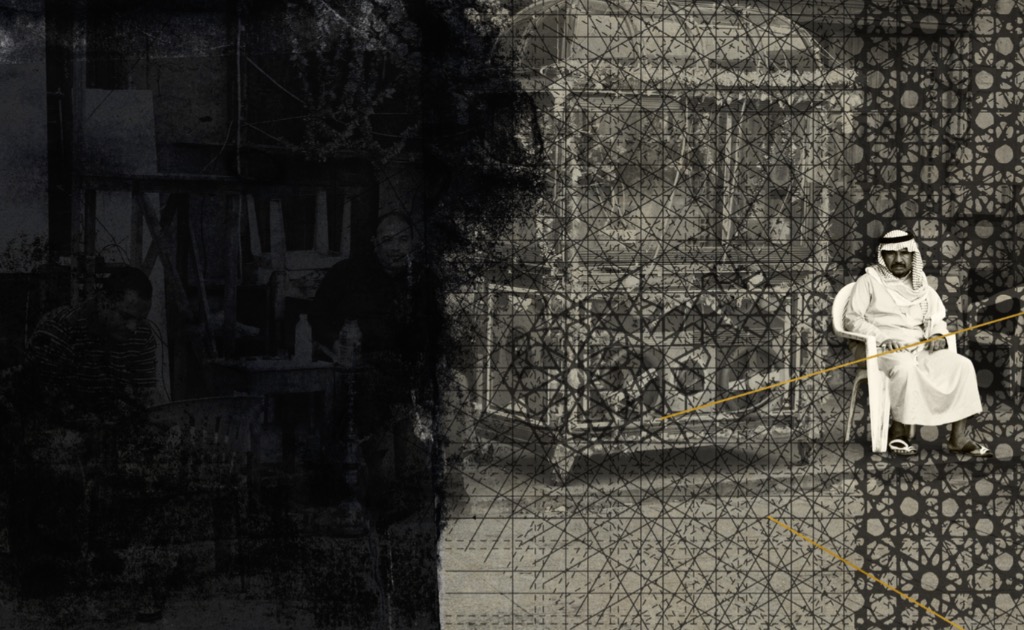
Arabesque
Alright, so … what’s the skinny on this exhibition?
Generally, my photography is very spiritual; it’s about the divine presence in nature and ourselves, and is a sort of dialogue between myself and God. I’ve always felt closer to sacred art than contemporary art. Photography is a very contemporary art, and for me, it translates the sacredness in the use of light. This is also very much in my culture, and in that of the Arab and Islamic world; in all art, light plays a very, very big role – in architecture, in miniatures, etc. I used to work a lot with light, but I also had in the back of my mind bringing the two forms of art (i.e. contemporary and traditional) closer to each other, without the [result] being stilted or forced. I’m solely a photographer, and express myself a lot in photography. Nobody could really understand what I was getting at, until I met Mr. Mohammad Al Shammery, an Iraqi artist, who got was I was talking about! We began to collaborate on this series of photography, and attempted all kinds of different things, until we finally reached [something] that felt natural.
How were the subjects chosen? Which countries did you take the photos in?
All the photographs were taken in Saudi Arabia – in Jeddah, my hometown, and in Jizan, a southern province. Some of these photos were taken 20 years ago –
– Oh, really? So they’re not all new, then.
No – and I don’t like that idea of being new with art! [Laughs]. I believe that there is a spirit of continuation that goes through one’s work. I look for the same thing, wherever I go: that sense of the sacred, that spark in each of us that is above and beyond our mortal coil.

Water is Stronger than the Rock
Why did you decide to digitally edit the photographs and add colour to them? In your earlier works, these elements aren’t there.
Yes, my photographs were purely black-and-white, and weren’t edited. I don’t know – I just felt comfortable doing it; it expressed what I wanted to give.
Maybe it’s just me, but I’ve also noticed traces of pop art, too. For instance, some of the pieces (e.g. the photograph of the man with the henna-dyed beard) and some elements (e.g. the arabesques) bring to my mind the works of artists like Hassan Hajjaj.
That wasn’t intentional; pop art was not something I was thinking about. It’s a coincidence. I suppose, coming from the same background, it’s not pop art, but Arab art. We are inspired by our region, and there are a lot of vibrant colours and images here; so, it’s not really pop art [we’re talking about], but the region.
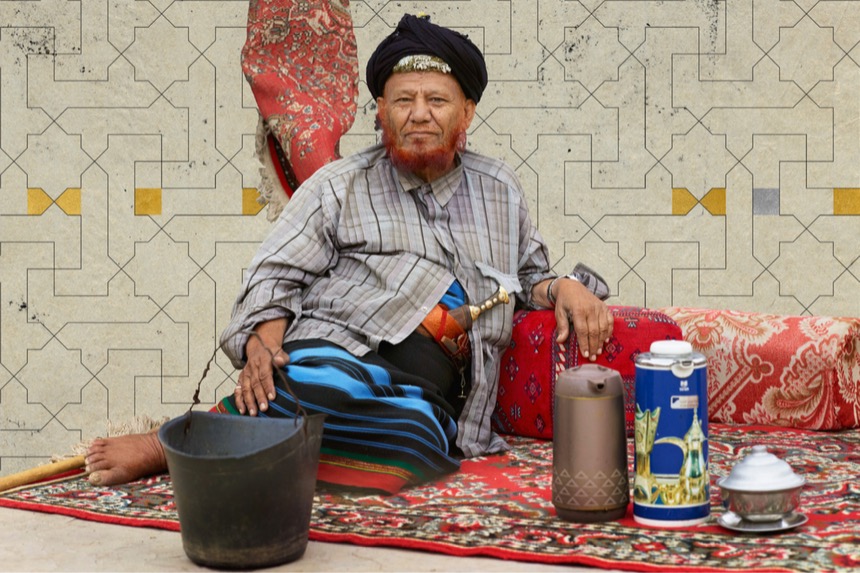
The Sage
Brilliant; I’ve never met any other Arab artist who’s mentioned this. Many are happy with the label ‘pop art’, as well as being placed in the same category as American or British pop artists, for instance. This is the first time I’m hearing someone tell me that their work isn’t ‘pop’ art, but simply a reflection of the colours and vibrancy of the cultures of countries such as Saudi Arabia and Morocco.
It has always been like that. The Arab world is very colourful. For instance, in Saudi Arabia we have colourful traditional dresses; and, if you go to houses in the south, you’ll really see ‘pop’ art there! There are blues, yellows, oranges, all sorts of bright colours all over the walls.
Yes! When it comes to countries like Saudi Arabia, we’re usually presented with a palette of blacks, greys, and browns (kind of like with Iran). You don’t see too much colour, just as you don’t really hear about the tribesmen there who wear flowers in their hair …
I didn’t have an agenda; it’s just the way it is. I only photograph what I see. This is the reality of the Arab world and the Middle East. I think [some] people didn’t notice the [vibrancy of Saudi Arabia] because my photographs were black-and-white! [Laughs]. But it was intentional on my side.
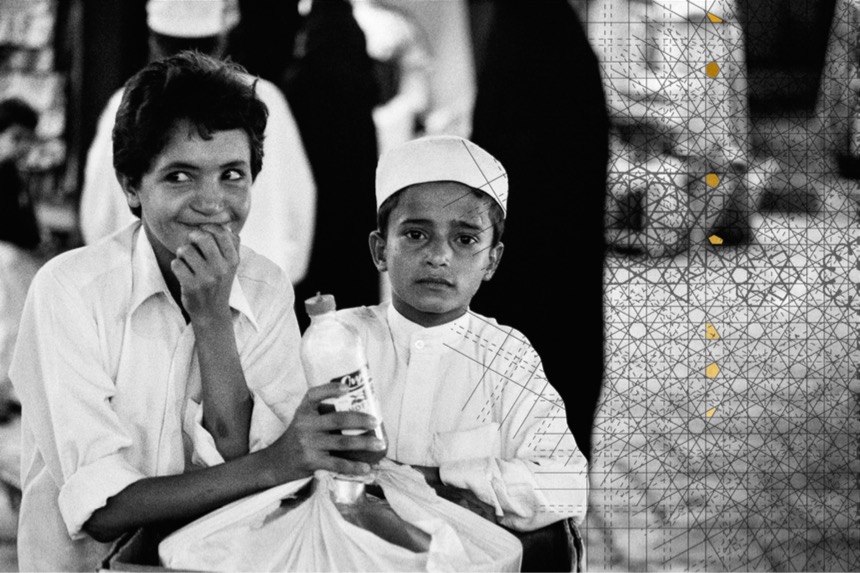
The Seeds of the Date
I know – it’s counter-intuitive, wanting to capture the colours of a region in black-and-white. I do love the new direction you’ve taken. Now, what draws you to particular countries? Why, for instance, Turkey, Egypt, etc.?
I’m an inveterate curious person – if I can go to other places, I will. I have plans to wander the world; I’m a nomad! I like to wander and discover other people and places, and my camera allows me this insight. I prefer that other countries speak to me; I don’t like to visit places with preconceived ideas. I like to feel countries, and I love history. I believe that each country has a soul of its own, and it expresses itself, whatever the contemporary situation is – whether it’s rich or poor, there’s war there, etc. There’s a character that doesn’t change over time.
Have you ever been to Iran?
Iran is a country I know very well, and I love it – it’s beautiful. Yes, I’ve been there, and I took photographs in Iran. But, sadly, because of political reasons, I didn’t have time to take enough! So, I didn’t find there was enough material [for a series]. I enjoyed it very much – I went to Qom, Shiraz, and Esfahan – but I couldn’t continue, as I only went for a week, which for me wasn’t enough; you have to go to a country several times [at least].

To the City
And the new gallery? Tell me all about it.
The region is quite devoid of any real support for Arab photographers. Even when you talk to [ordinary] people, they don’t know who photographers are, or aren’t interested. I thought the only way to attract interest amongst people was to open a gallery and bring photographers from all over the world, to show people images and to hold talks, etc. When I opened in Dubai, everyone told me I was insane, and asked what I was doing there. But, in a way, we put photography on the map in the Middle East, and people started to talk about it, even if they didn’t understand photography very well. At least I got them interested.
Photography is a man’s world; it’s a very macho scene. Women photographers are slowly coming in. Choosing photography was like entering a boys’ club, in a way
This series was a bit of a challenge, as Saudis don’t like to be photographed! They get very annoyed. I’m a street photographer, and it’s very difficult to be one in Saudi Arabia.
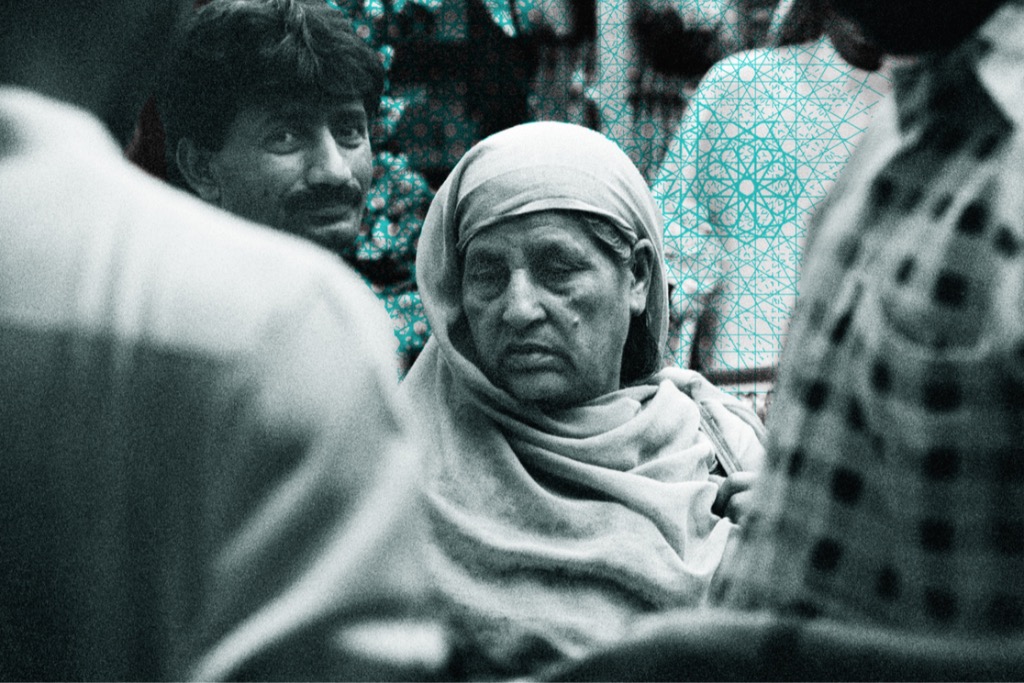
Abstraction
I’ve heard the same thing about Morocco. Some foreign photographers have noted that many locals either get annoyed when their pictures were taken, or won’t allow them to be taken at all. Tough crowd.
I’ve photographed in both places – Morocco is nothing like Saudi Arabia! [Laughs]. It’s really difficult to photograph there, and everyone gets annoyed.
Hah. Reem, what led you to the world of art? Why did you decide to become an artist and a gallery owner, instead of, say, get involved in the world of finance and big business like so many other Saudi royals (and my classmates)?
I don’t consider myself an artist – only a photographer. I love photography, and nothing was planned in my life; I felt the need to highlight photography in the Middle East, and thought, ‘let’s open a gallery’. I’m very impulsive, and don’t plan; I just jump in. This has led to many financial problems! For me, conveying messages is much more important than making money; a gallery is a means to an end. I would prefer just being in education and running schools, but it’s very difficult to open a photography school here in Jeddah. We’ve set up the gallery, and soon, we’re going to host workshops.
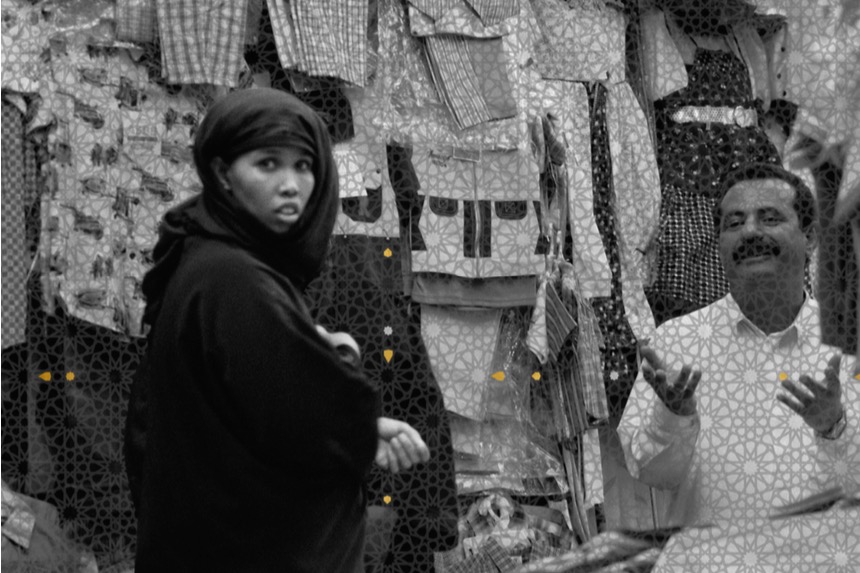
Little Things
I once came across an interview with you, in which you were referred to as ‘the outspoken princess’. You’ve also described yourself as being critical of society. Has this caused you any problems back home? What bone(s) do you have to pick?
I used to write a lot of editorials, for around 10 years; they were mostly analyses of politics in the Middle East. I’m of course critical of my own society, but also of what’s happening in the [entire] Middle East. Even outside the Middle East, people would get upset by what I would write. Since the Arab revolutions, I’ve stopped writing, and am just waiting to see what’s going to unfold. Right now, we’re in the process of history; we’re not really post-history, but right in the middle of it, so you don’t know what’s going to happen. You can’t analyse it.
And has being a woman ever posed any hindrances for you?
Oh yes. You just deal with it, though. Photography is a man’s world; it’s a very macho scene. Women photographers are slowly coming in. Choosing photography was like entering a boys’ club, in a way.
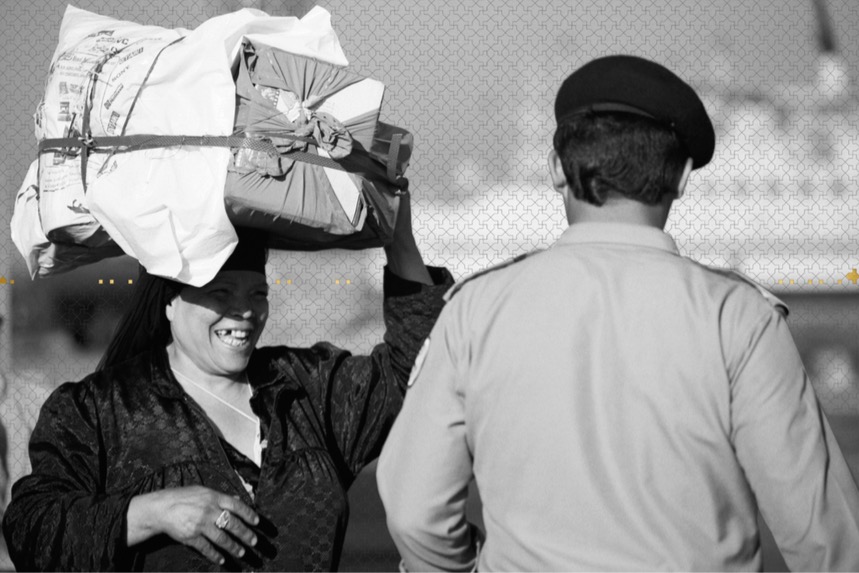
Satisfaction
I’m so happy to see, though, all around the Middle East – in Iran, Lebanon, Turkey, Saudi Arabia, and elsewhere – brilliant female artists (not only photographers) at the forefronts of their respective scenes, and it’s amazing. Viva la femme.
For more information regarding the Empty Quarter Jeddah, visit the gallery’s website.
Cover image: Zaheera (detail).
